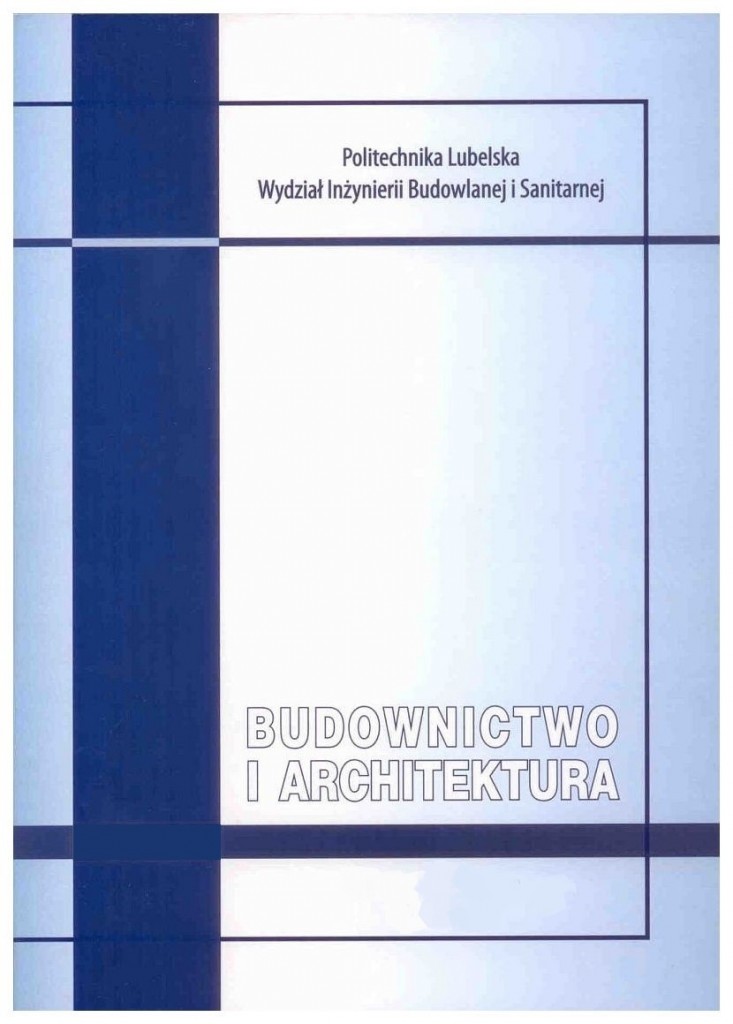Obiekty budowlane Centrum Jana Pawła II – wyzwanie dla budownictwa i architektury
Buildings of the John Paul II Center – a challenge for civil engineering and architecture
Author(s): Bogumił Wrana, Jan WranaSubject(s): Economy, Architecture
Published by: Biblioteka Politechniki Lubelskiej
Keywords: John Paul II Centre in Cracow; limestone sediments; reinforced concrete CFA-type drilled piles; reiforced concrete frame and membrane structure; natural material solutions; respect for context and ide
Summary/Abstract: The buildings of the John Paul II Centre (CJPII) are located in Cracow-Łagiewniki on a heap of limestone sediments from the former "Solvay" Sodium Plant in Cracow. The area is called "White Seas" (Białe Morze) and is located in the natural depression of the Wilga river valley, between Św. Józefa hill in the north and Borkowska Hill (Góra Borkowska) in the south-west. The limestone sediments as a building substrate for CJPII buildings is unprecedented ground in the world and thus a challenge for civil engineering. The height of the heap reaches about 15 m and has retained the consistency of a white pulp until today. CJPII buildings are objects of the third geotechnical category, founded on a foundation slab of 0.8-m thickness, and in the central part of 0.45-m thickness. The slab is based on 200 reinforced concrete CFA-type drilled piles with a diameter of 1000 mm and 650 mm and length up to 26 m. The load-bearing structure of the CJPII buildings is a reinforced concrete frame and shell structure. The symbolism of the urban complex (e.g. the scale of the market square in Wadowice), located on a system of 200 piles above the post-industrial landfill/heaps of sediments, is ensured with architectural solutions referring to places connected with the life of John Paul II – during the occupation in 1940-1944 he was a student of Jagiellonian University in Cracow and the worker of the Solvay factory in the Podgórze district, in 1958 he became a bishop of Cracow, in 1967 – the cardinal (architectural details from the St. Mary Church and the Wawel Cathedral), 1978-2005 – the pilgrim-pope from Rome, who confirmed the mission of the Church continuing the tradition depicted in the early-christian churches on the wall mosaics (the Basilica of San Vitale and the Basilica of Sant’ Apollinare Nuovo in Ravenna).
Journal: Budownictwo i Architektura
- Issue Year: 19/2020
- Issue No: 4
- Page Range: 101-114
- Page Count: 14
- Language: English

